Across the country, many companies are calling people back to the physical office, and while working from home had its own challenges, returning to the office has challenges as well.
For some, returning to the workplace is a relief: merging “home” and “work” isn’t ideal in many situations. Balancing childcare, remote schooling, glitchy WiFi, constant interruptions, and yet another Zoom meeting can take a toll. Casual conversations vanish behind a video screen, impromptu meetings don’t happen like they did, and life becomes one long workday, interspersed with laundry and emails. Productivity fell, and burnout rose.
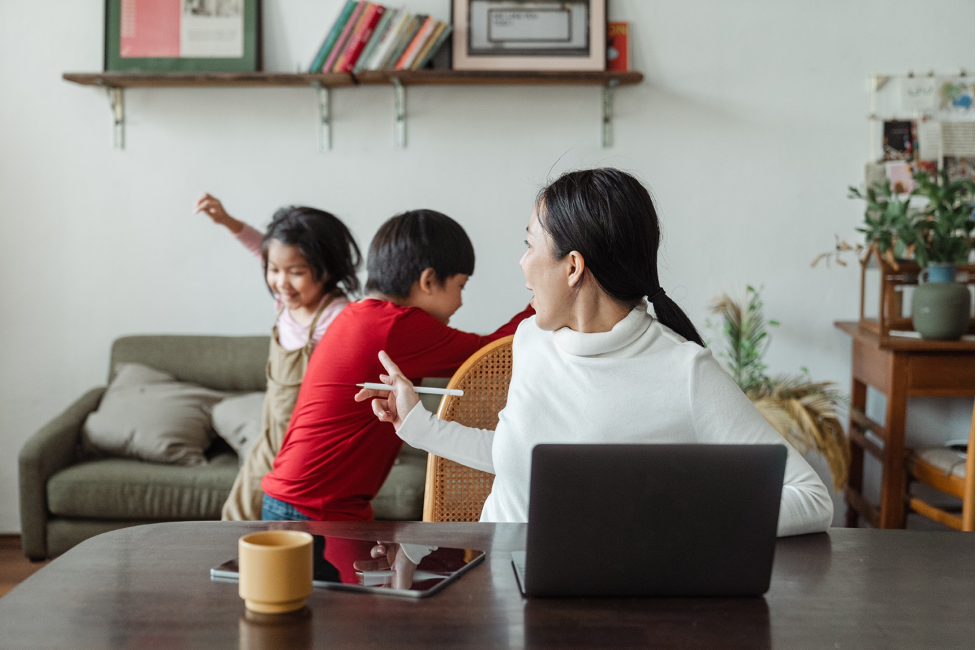
For others, working from home was delightful. The flexibility was appealing, and the privacy that being home allowed was a bonus. But even those who luxuriated in working from home missed out on vital parts of being in the office. Casual interactions, sometimes called “water cooler talk,” has been proven to build company culture, allowing employees to get to know each other as humans and not just as “the accounting guy” or “Jill in marketing.”
And as we know, unplanned meetings, like those that happen around the proverbial water cooler, can be vital to an organization’s success.
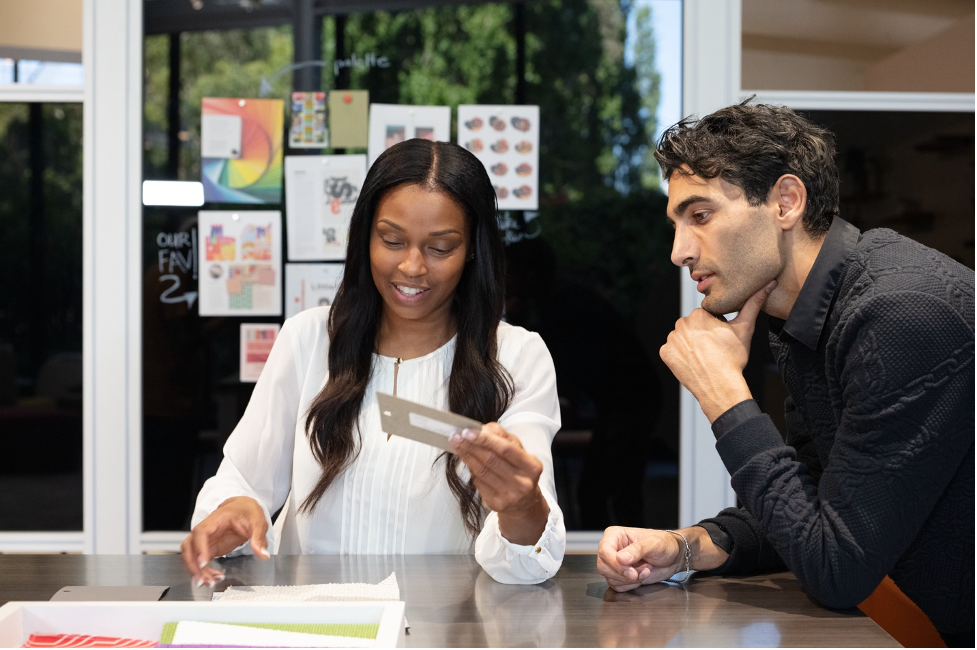
This post-covid era of work is an opportunity to launch a new workplace model, one that should support the best of working in a collaborative workplace, but also the best of working from home. An office should not be a dreaded destination, but a recruitment and retention tool that supports the organization by supporting the whole person. It should be designed with empathy. While policies like flexible working hours can have positive influence, the built environment plays a key role in shaping the employee experience and the company culture.
Regardless of where an employee is on the return-to-work spectrum, a few deliberate design decisions can make a tremendous impact on worker productivity, company culture, and a smoother transition back to the office. Pay attention to the 4 P’s—privacy, posture, personalization, people—to help make any transitions back to the office as smooth as possible.
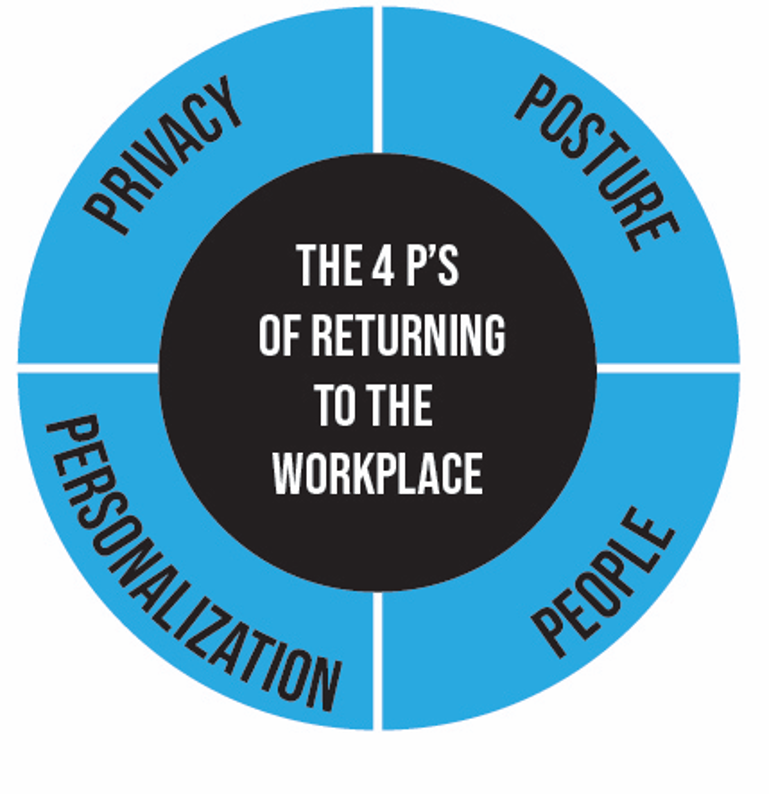
Opportunity for Privacy
Working from home meant that if an employee needed to call their doctor or their child’s school, or have a moment to process a difficult piece of information, they could without a second thought about personal information being overheard or being interrupted. Providing easily accessible opportunities for privacy (like phone booths or small meeting rooms) at different locations within an open office are a visible way of supporting the employee as a whole person—not just someone who clocks in and executes work.
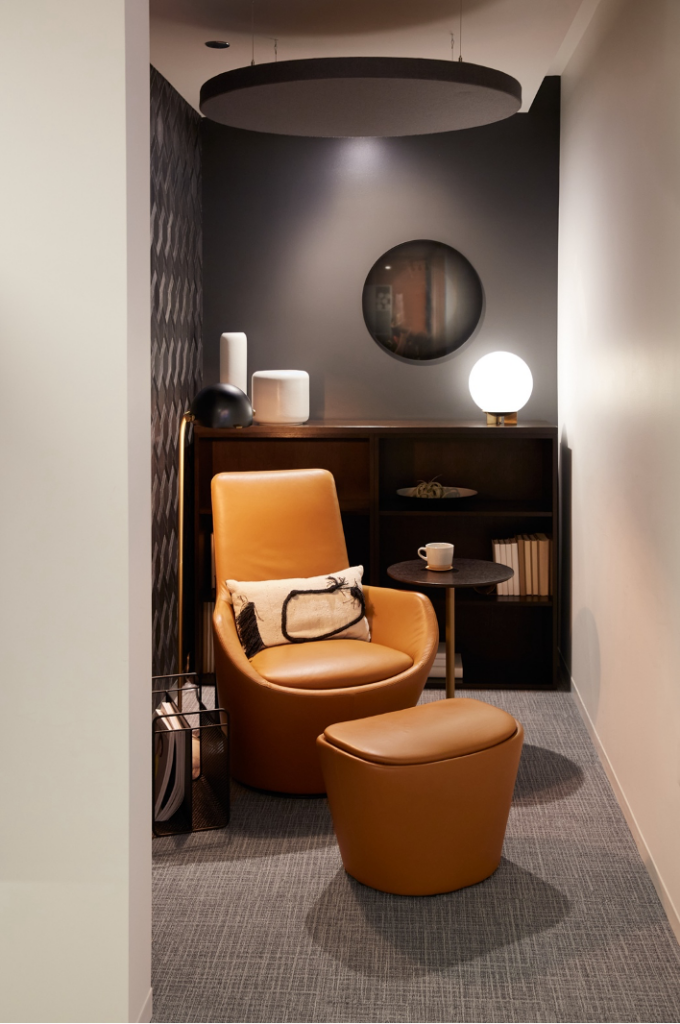
Choices of Posture
There’s no sofa to snuggle into at work when the desk gets cramped. Or is there?
Incorporating furniture that supports a variety of postures is an easy way to give employees the opportunity to have agency over where and how they want to work within the office. It’s also a great way to be inclusive and ensure that a diverse array of body types and personal preferences are supported.

Since they’re also standing height, bar height tables allow for casual meetings. Lounge chairs can let an employee relax a little with their laptop and some heads-down work, and a highback lounge chair, angled away from public space, can give a person the opportunity to take a few minutes away from the visual stimulation of the office.
How an employee sits or chooses not to sit can be deeply personal, and providing options is a small way that employee satisfaction can be increased.
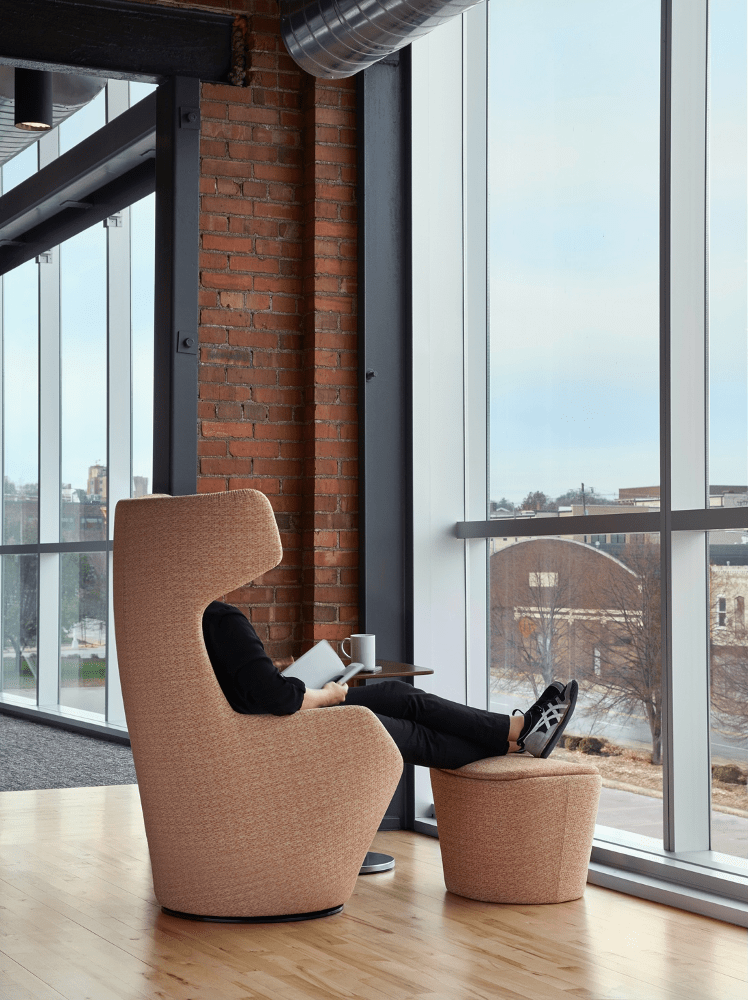
Plan for Personalization
At home, an employee is surrounded by tangible reminders of their loved ones, and often by their actual loved ones. The office can feel a little sterile after the past two years of being immersed at home, but with a little planning, a workstation or private office can include the opportunity for personal touches without increasing clutter.
Intentionally including or adding accessories like a shelf for art or pictures, or a tool rail with a tray for paper clips or knick-knacks will help achieve functional style. Make minor improvements that can have a big impact on the look and feel of any room. These minor details can acknowledge and underscore that the employee is a human with a life outside of work—without adding clutter to the work surface.
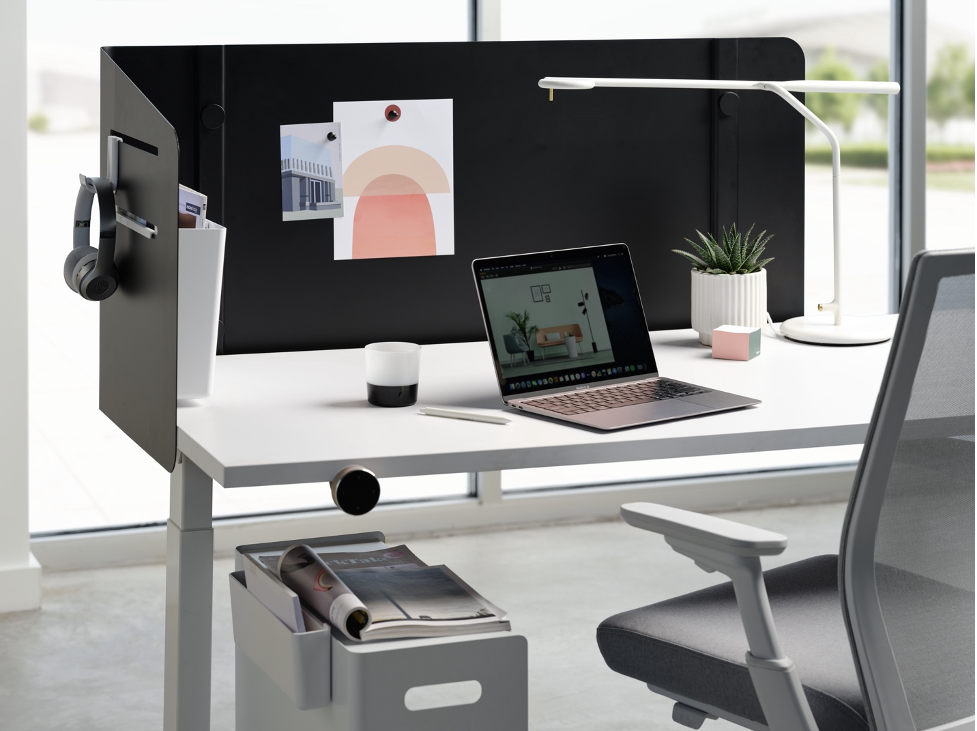
People Matter Most
One of the greatest losses during the work-from-home years was the lack of casual, unplanned interaction. Studies show that eliminating these spontaneous exchanges reduces productivity overall—counterintuitive to what some believe. But creating a company culture where group cohesion is prioritized, and where “water cooler talk” is encouraged, can actually increase the overall success of the company.
Additionally, spontaneous meetings that occur when people are face-to-face in the office can increase employee satisfaction and reduce the amount of time spent on other tasks—something that’s difficult to achieve when digital connectivity is the only gateway for communication.
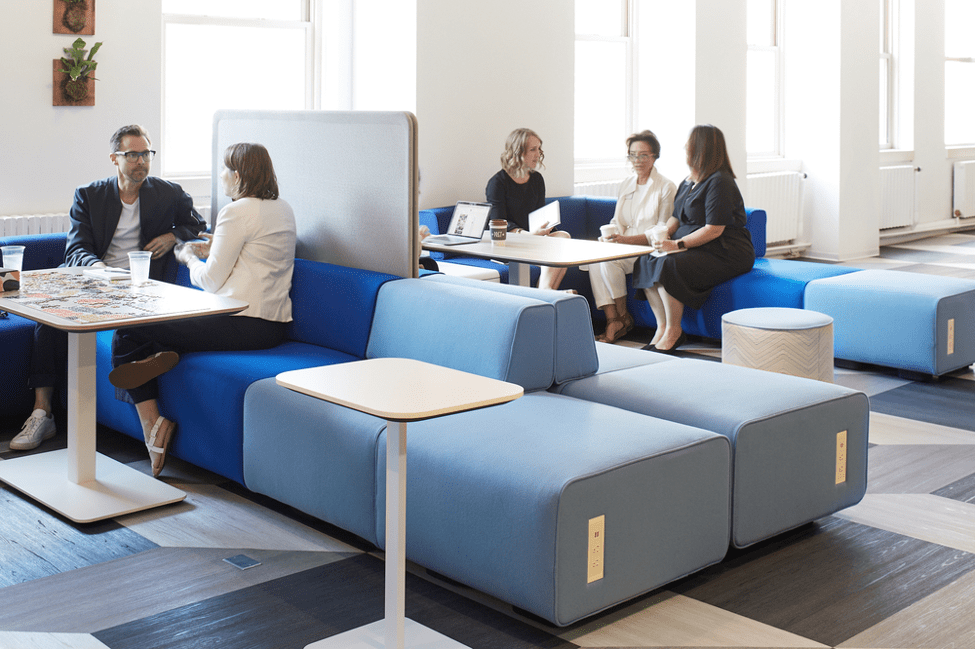
Planning space to support people and their complex needs can help with the transition from home to workstation. Employees are any company’s most valuable assets, and worth investing in—and the built environment they exist in matters. For more information on design solutions to support transitioning remote workers back to the workplace or to be connected to Interior Elements, contact us today!
ABOUT THE AUTHOR

Anna Ruth Gatlin, PhD, is an award-winning interior designer and design researcher. Currently an Assistant Professor of Interior Design at Auburn University, she transitioned to full-time academia after a career practicing institutional, commercial, healthcare, and educational design.
